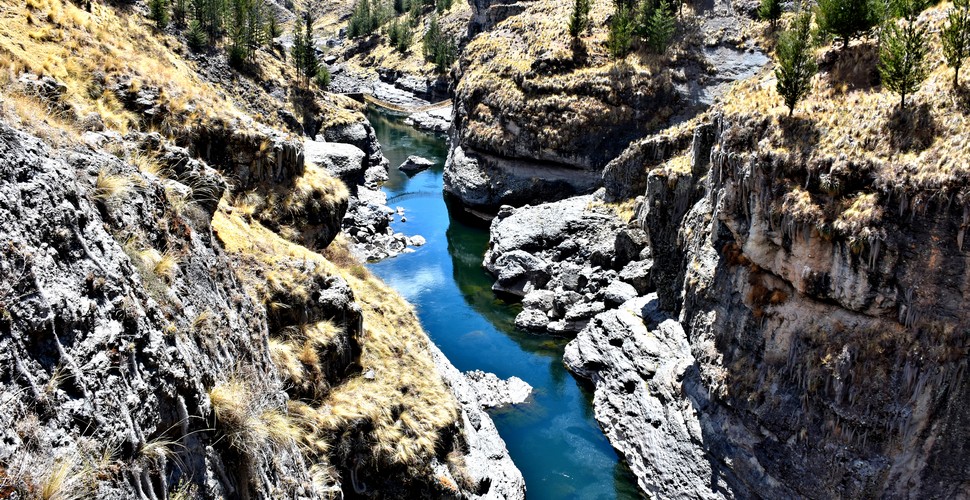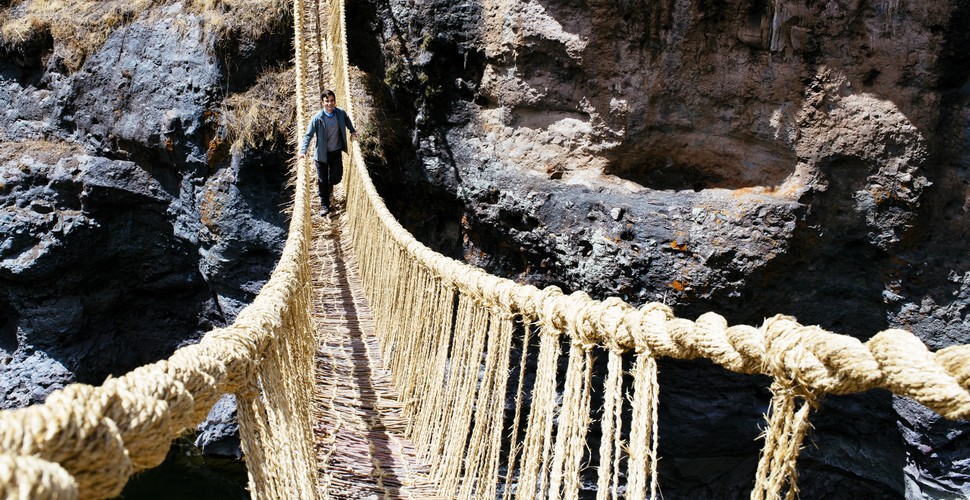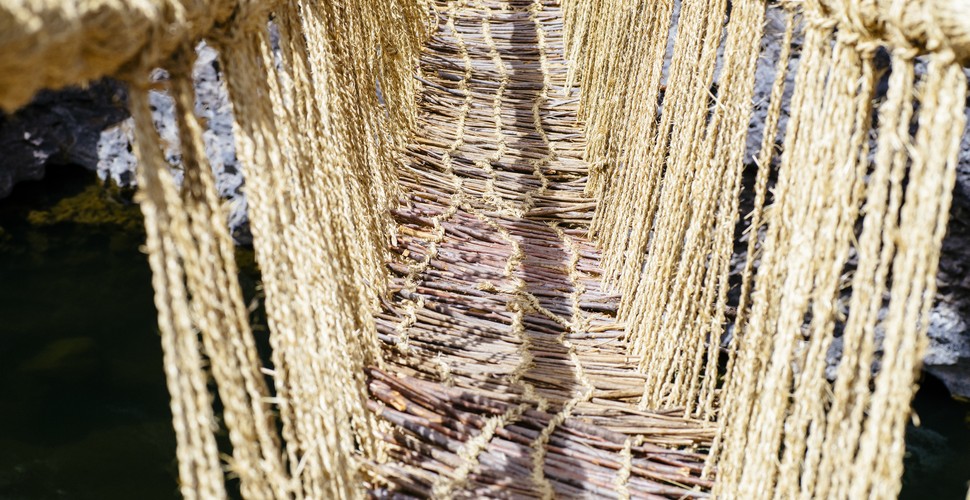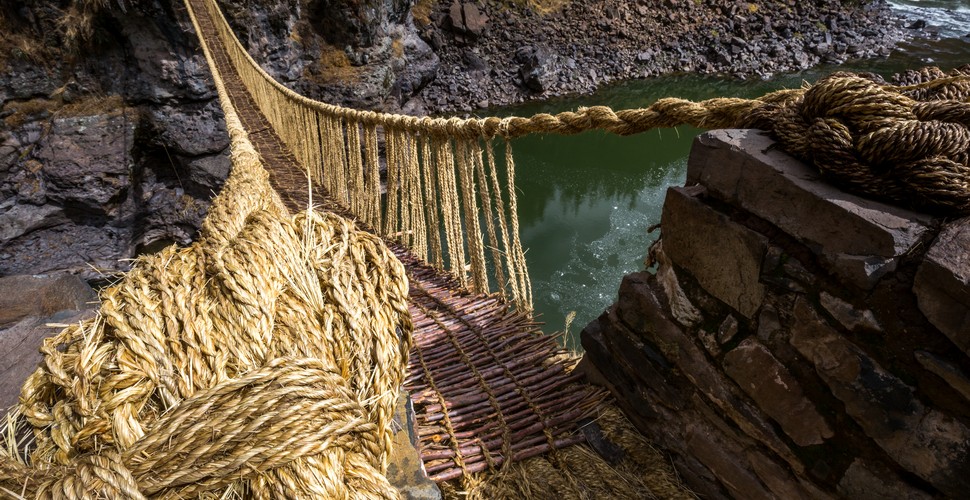
Qeswachaka Bridge Day Tour
Written by:Valencia Travel
Last Update: 2025-01-08
During Inca times, the Q’eswachaka bridge was part of the vast network of Inca roads known as Qhapaq Ñan, or "The Royal Way", which led to the Citadel of Machu Picchu. But this is no ordinary bridge. Each year, the locals rebuild this Inca grass bridge entirely by hand, using the same ancient techniques, passed down through generations. Rope bridges woven from grass and other traditional materials were commonplace during Incan times in the Andes. Most have been lost over the centuries, but one principal bridge still remains at a place called Qeswachaka. Every June, it is rebuilt during a ritual ceremony that takes place over four days, and its completion is celebrated with food and dancing. This Inca rope bridge near Cusco, Peru is one of the most fascinating tourist attractions in Cusco. It is found in the province of Canas in the department of Cusco at 3700m (12,139 ft). It has a length of 28 meters and is hung 30 meters above the Apurimac River. Read on for more fascinating information about The Queswachaka Bridge.
Q’eswachaka Bridge
The History of Inca Rope Bridges in Peru
The Qhapaq Ñan Inca Road was a network of Inca roads vital to holding the great Inca Empire together and spread from Colombia in the north to Chile in the south. With the mountains full of rivers and valleys, in some cases, the Incas had to cross these valleys by bridge. These bridges were made of grass and natural materials and were only wide enough for one person to cross at a time. According to the New York Times, at the height of the Incan Empire, there were nearly 200 Inca suspension bridges woven from grass and other traditional materials in The Andes. Only one such bridge remains today and that bridge is Q’eswachaka, over 100 km from Cusco. Like many of these bridges, this one was destroyed during the Spanish conquest in an attempt to halt Pizarro’s march toward Cusco.
A Single Person Wide
Rebuilding the famous rope bridge in Peru
This original Inca bridge was reconstructed many years later and the surrounding communities now maintain the bridge with great enthusiasm. Every June, they gather long blades of grass which are woven into six long cables used in the construction of the Q´eswachaka bridge. The cables are bound as they would have been in Inca times and are secured to large trunks from eucalyptus trees which are buried deep in the ground at either end of the bridge. The fibers used in its construction deteriorate rapidly, however, and for this reason, it needs to be reconstructed every year. During the Inca Empire, there would have been groups of people permanently employed in the maintenance of the Q´eswachaka bridge. They would also have fought off invasion and monitored who was crossing the bridge.
Intertwined Ichu
When to Visit
The principal day of the Qeswachaka Inca bridge festival is the second Sunday in June each year, though preparations for constructing the Incan rope bridge begin three days before the festival itself. During the three days before the principal day of the festival, people from the nearby villages start cutting the long grasses and other native plants that grow near the bridge site. Once the grasses are collected, they are woven into ropes of varying thicknesses. Men and women then work together plaiting and weaving the grasses together to construct the narrow Qéswachaca Bridge. After three days of working on the spectacular Apurimac River bridge, all the communities of Canas province joined together in a folkloric festival.
Traditional Work of Art
If you would like to visit the famous Inca bridge of Qeswachaka, contact us here!
 Aventure
Aventure
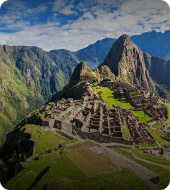 Cultural
Cultural
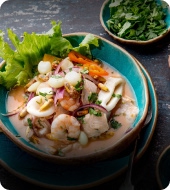 Gastronomy
Gastronomy
 Wellness
Wellness
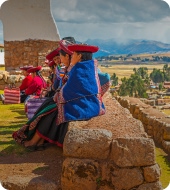 Local Living
Local Living
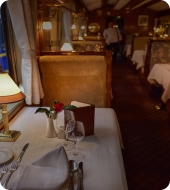 Luxury
Luxury
